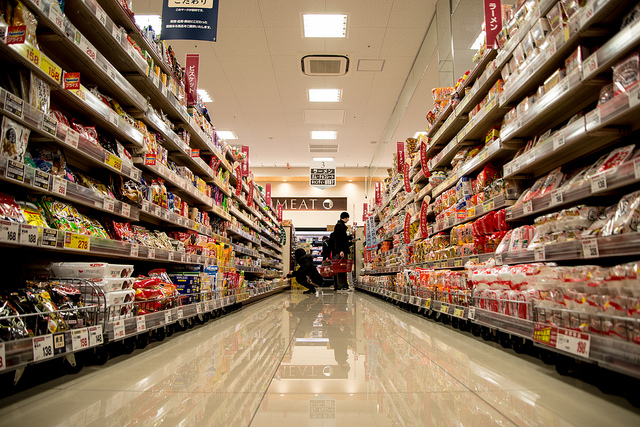What many don’t realize is, liquid level sensors are a crucial part of industrial food storage. Within this extensive setup, this part assists with controlling and monitoring temperature, liquid and foam levels, fluid flow, agitator speed, pressure, and weight. When you’re considering how liquid level sensors fit into an industrial food processing environment, be aware of the following factors.
What They Do
An essential operational component, liquid level sensors assist with on-line measurement and control. In addition to the points listed above, they’re put in place to monitor:
- Steam and liquid temperature and flow rate
- Acid and alkali input
- Gas flow
- Foam breaking
Not having a flow switch in place could mean too much liquid gets dispensed, food goes bad or gets over-cooked, or overflow occurs inside a tank.
 Where They’re Used
Where They’re Used
On a general level, you’ll find liquid level sensors used in:
- Storage, particularly for controlling valves and pumps and monitoring liquid levels
- For high- and low-level alarms
- Continuous or multi-point monitoring
- Extraction
- Transport
- Mass production
Equipment-wise, a sensor is a likely part of:
- Milk storage vessels
- Oil extraction machines
- Storage silos
- Many types of food processing equipment
Types of Liquid Level Sensors
Within food processing, however, not every type of fluid switch is suitable for the job. In fact, based on design and material, certain sensors are better and more industry compliant than others.
Float materials tend to match food processing needs, as the sensor must withstand various high-pressure and high-temperature conditions. Usually, 316 stainless steel and polypropylene switches are approved for food processing applications. For instance, the FS20 stainless steel float switch from SMD Fluid Controls, or the FM04 multilevel polypropylene switch.





